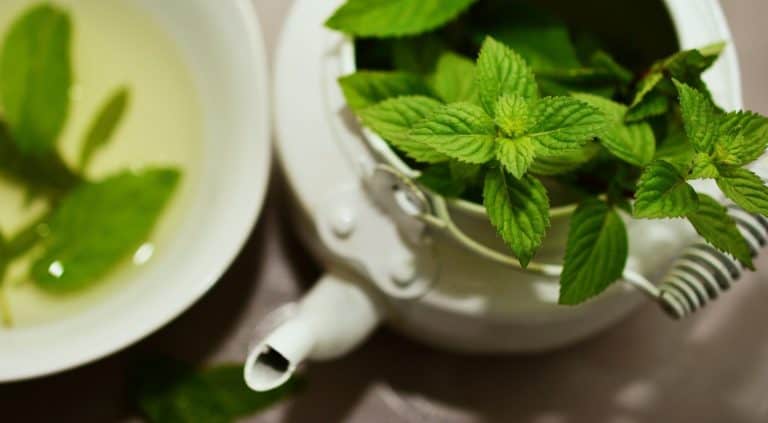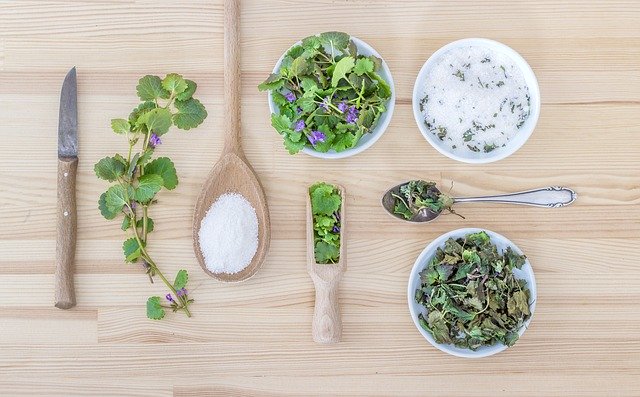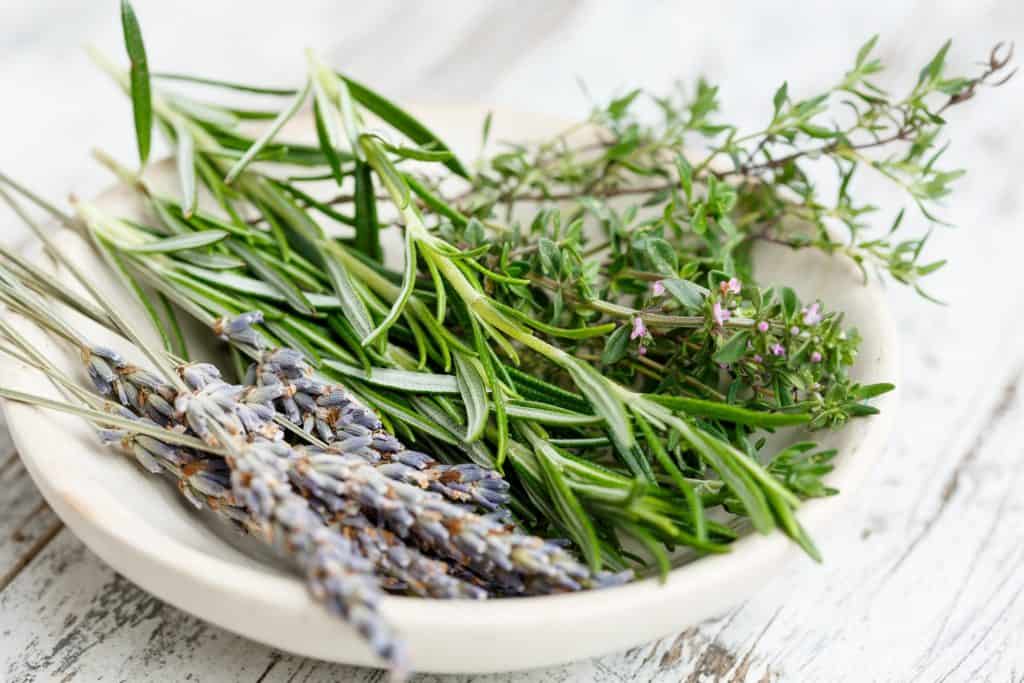Plant Profiles: Peppermint
Every aspiring home herbalist or kitchen witch needs to grow her knowledge of common herbs right along with her herb gardens.
This series will introduce you to 8 common medicinal herbs and how you might want to use them in your home apothecary. Of course, there’s much more to know about each plant, but hopefully this will be enough to inspire your curiosity.
Peppermint -Versatile & Vigorous
Peppermint has many uses and is a perennial plant that will return every year. Because it’s easy to grow, this is a great plant for beginning gardeners. However, it has an invasive habit, which means it will spread everywhere throughout your garden. So it’s a good idea to contain it a little, unless you don’t mind it taking over. You can give it space to spread, put it in a large container, or pull out the excess plants.
I never like having to pull out plants, so I try to find someone who can use a start of whatever I have too much of, but if I can’t do that, then I thank the plant for its service and put it in my compost. There, it will add nutrients to the compost, which I will then add back to the soil, mimicking how nature handles the recycling of plants.
Harvest new young plants in the spring to use fresh in your recipes or tea. You can also harvest and dry peppermint over the summer months. I usually do this before the plant flowers but I’ve also collected them after flowering.
Once dried, I like to put the herbs in clear jars with lids and store them in a cool, dark spot away from direct sunlight to preserve their freshness. The dried plant will last for many years, although since it’s a plant that is usually pretty vigorous, I usually replace my own stock every year.
Tip: Be sure to label your jars so you remember what’s inside. You think you’ll remember, but trust me, you won’t.
After the peppermint is dried, it can easily be added to teas and tinctures. Since mint is stimulating, it can be a super addition to your morning tea to help get you underway every morning.
Peppermint is one of my favorites, and you can experiment with different types of mints blended together to make a custom breakfast blend.

Peppermint has been used for lots of things, including:
- Stuffy head
- Chills
- Colic
- Diarrhea
- Digestion
- Fainting
- Fever
- Gas and Bloating
- Flu
- Nausea
- Calming Nerves
- Stomach
- Vomiting
- Headache
Summary
Peppermint is one of the most versatile and easy-to-grow herbs for your herb garden. It’s great to have on hand for tea or magickal workings. It can be enjoyed all year round in hot tea or cold tea and is a great addition to your home herbal apothecary. You can get seeds here or check your local greenhouse for started plants.
Will you be adding peppermint to your garden this year? Send a message and let me know.
Other Posts in this Series
What is Plant Medicine? The Basics.
Learning Plant Medicine for Beginners
Start your Own Home Apothecary: Tools & Methods
8 Plant Medicines Found in your Kitchen
Plant Medicine to make in the Fall
Disclaimer: I’m not a medical doctor or an herbalist. This article isn’t intended to be medical advice. Not all plants are safe to use. Some are toxic and can be deadly. Other herbs may cause an allergic reaction in some people. Always consult your doctor, healthcare provider or a qualified herbalist before using any type of plant medicine.



